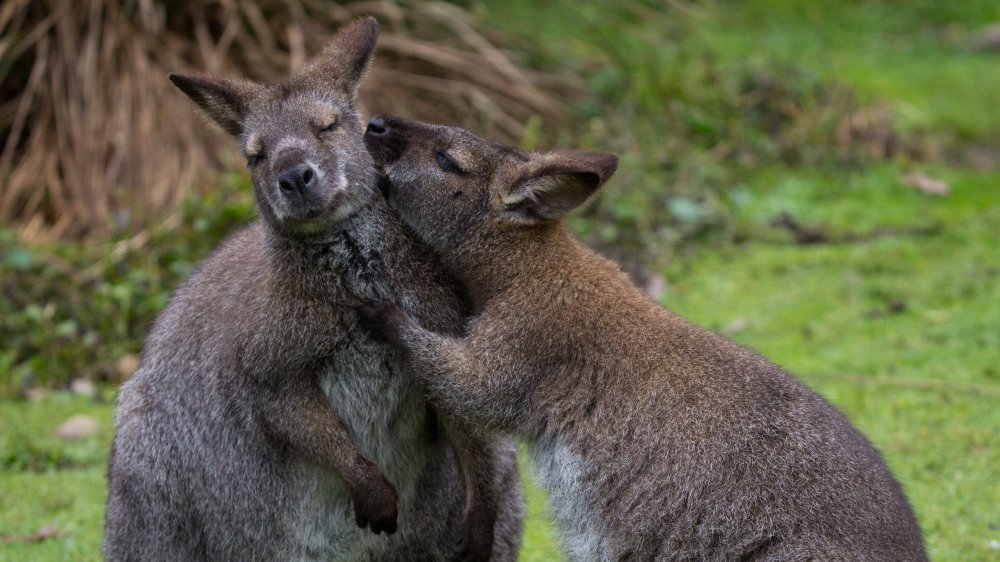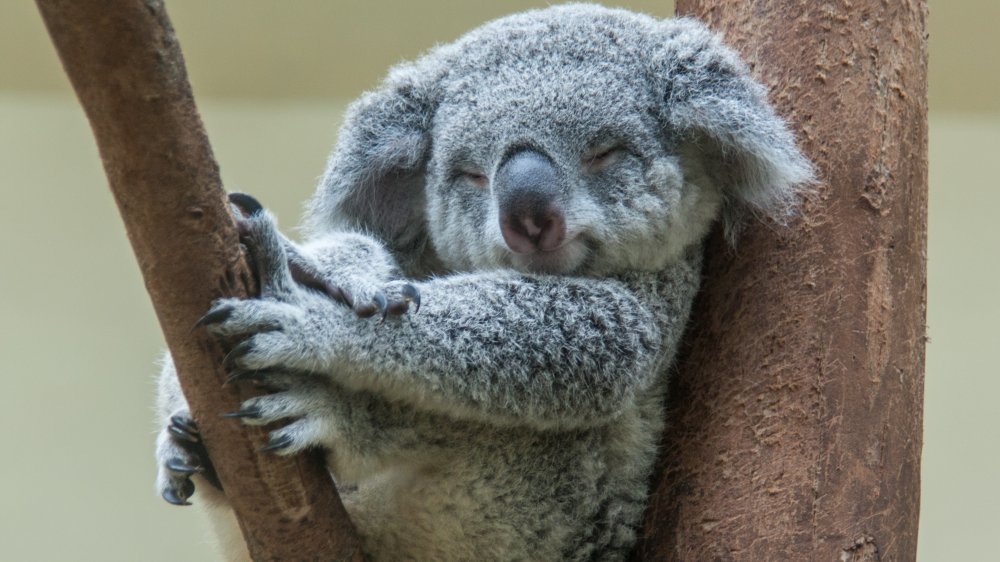The Truth About STDs And Animals In The Wild
As was pointed out by Discover Magazine, and we quote, "Most of the animal kingdom never practices safe sex." There are lots of reasons for this. For caribou, it's that reliable contraceptives are nearly impossible to find in the majestic Lapland tundra. Flamingos, meanwhile, are just unapologetic omniamorous club scene freaks, living for today and to hell with the consequences.
And as anyone who's ever been to Coachella can tell you, where there's lots of unprotected sex, there's going to be a directly proportional amount of itchiness. That's right, animals get STDs too. It's not just for college sophomores anymore. The thing is, sexually transmitted diseases in wildlife can affect humans, too, and not in the way that you're thinking.
Sometimes in the way that you're thinking. According to veterinarian Alonso Aguirre, "Two or three of the major STDs have come from animals (...) gonorrhea came from cattle to humans. Syphilis also came to humans from cattle or sheep many centuries ago, possibly sexually." It's not always thanks to the after hours proclivities down at Discharge Danny's Livestock Hutt. Classically defined STDs can often enter the human biosphere as the result of inadvertent contact with animal blood or feces.
From time to time, thanks to enterprising researchers and medical professionals, critters' pus-oozing lemons get turned into benefit-of-mankind lemonade. And that's how you turn a frown upside down.
Text or koala your previous partners and let them know
Behold, the koala. According to a report by the New York Times, one of the greatest threats facing the wellbeing of Australia's koala population is neither the organized incursion of militant drop bears into their habitats, nor the presence of poachers hunting for the world's Most Adorable Game. It is, in point of fact, chlamydia.
Chlamydia is a down-low, dirty son of a gun. Its name comes from the Greek word for "cloak," owing to the fact that it's a sneaky infection — the CDC reports that most people infected with the disease don't even know it, as it has a penchant for popping up asymptomatically, and tends not to get noticed until years after it starts chowing down on your insides.
Since the use of antibiotics in koalas can wipe out the bacteria in their precious little tummies, bacteria necessary for the digestion of pounds and pounds of eucalyptus, the development of a vaccine would seem to be the best course of action. It's hoped that by creating an effective inoculation against chlamydia in koalas, we'll land one step closer to finding something similar for human beings. In the meantime, get tested.

